Why did we want to go to Moldavia, more specifically Tiraspol? I do not think I have a straightforward answer to it, but I can promise: there is probably few places in the world, even less in Europe, that are as bizarre, yet easy to visit. Come with me on a Moldavia and Transnistria 3 day trip, the country that does not exist and find the relevant information and itinerary here:
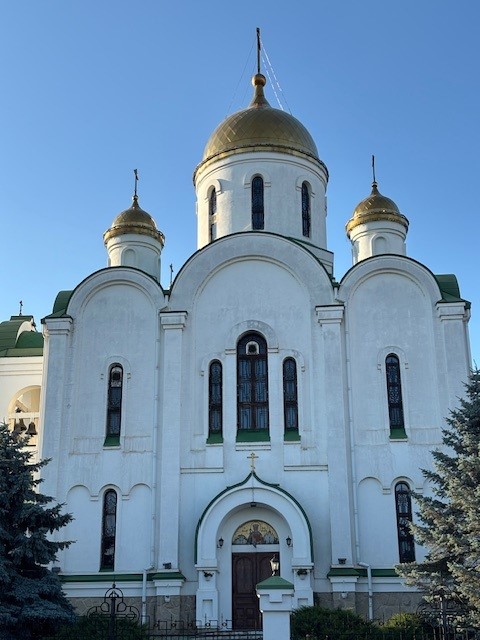
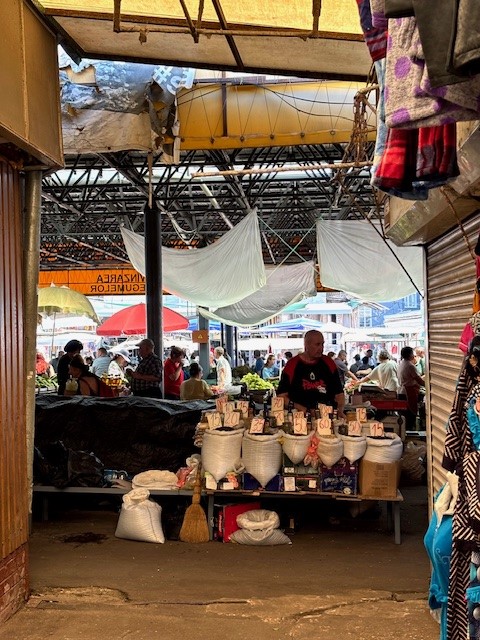
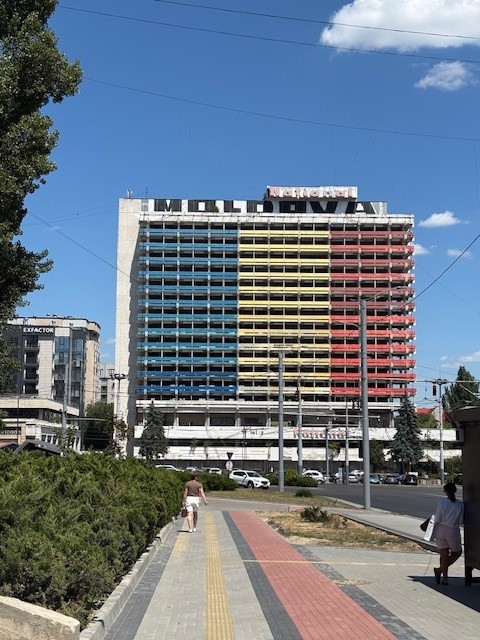
Getting to Pridnestrovie
To travel to Pridnestrovie, you must first fly into Chișinău Airport. Chișinău is the capital of Moldova, and since Transnistria is internationally recognized as part of Moldova, entering the country begins there.
Once we landed in Chișinău, it was surprisingly easy to grab a taxi at the airport. We paid about €40 and started our journey toward Tiraspol, the capital of Transnistria.
You don’t need any special documents beyond your passport once you’ve entered Moldova. That said, you will need to show your passport again when crossing into Pridnestrovie, so make sure it’s easily accessible in your back. The return trip from Pridnestrovie back to Chișinău was actually cheaper (almost half).
Crossing the Border
The drive to Tiraspol took around 1.5 hours. The border control was pretty straightforward — the guards greeted us politely and welcomed us into Pridnestrovie. The only person who seemed confused about what we were doing there was our cab driver, a Moldovan local, who had only twice driven into Transnistria before.
A Brief History of Transnistria/ Pridnestrovie
To understand the uniqueness of this place, a bit of background helps. Moldova is the poorest country in Europe, and Pridnestrovie is a narrow strip along the Dniester River that broke away in 1990, declaring independence.
However, no country in the world recognizes Transnistria as a sovereign state. As a result, internationally it’s still considered part of Moldova, and you won’t find it on platforms like Google Maps marked as a country.
Despite this, Pridnestrovie functions like a fully independent state: it has its own government, own currency (the Transnistrian ruble), own passports, and even its own border control.
Arrival in Tiraspol
About 20 minutes after crossing the border, we arrived in the center of Tiraspol. We checked in at the Hotel Russia, one of the only hotels in the city and certainly the largest. It’s owned by Sheriff, the largest private company in Transnistria.
Sheriff is not your average conglomerate — it controls 60–70% of the country’s GDP. It owns gas stations, the local football team, supermarkets, casinos, hotels, and is deeply involved in government affairs. In fact, Sheriff is so powerful that it has arguably overtaken the government in terms of influence. This makes Transnistria a rare example of the private sector outgrowing state control in a post-Soviet territory.
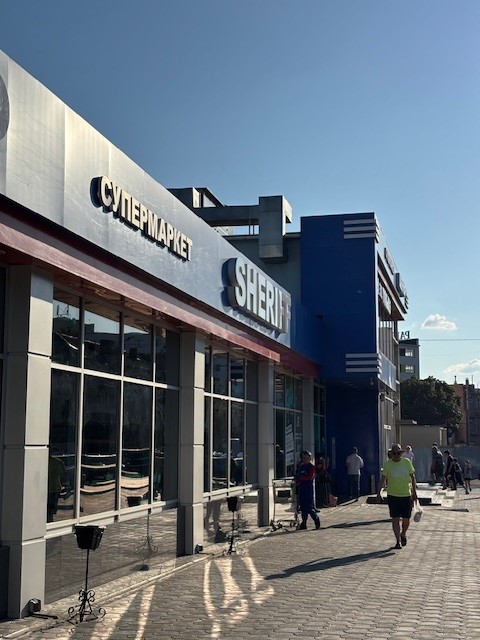
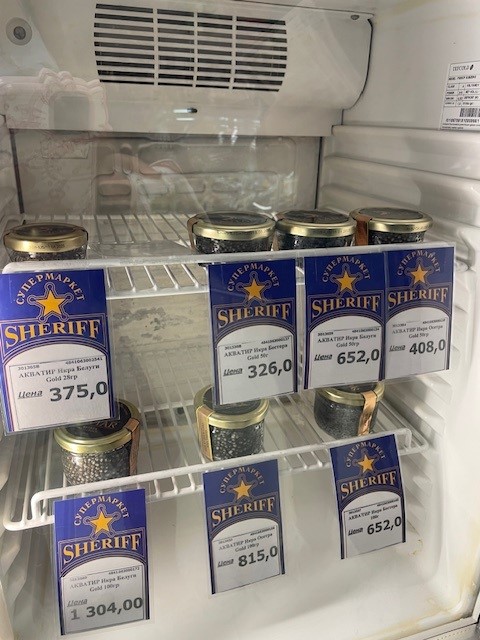
Exploring the City
We decided to give ourselves a day to a day and a half to explore Tiraspol — which was absolutely sufficient. Transnistria receives fewer than 20,000 tourists per year, including day-trippers. So the chances of meeting another foreigner are slim, and the hotel was almost empty.
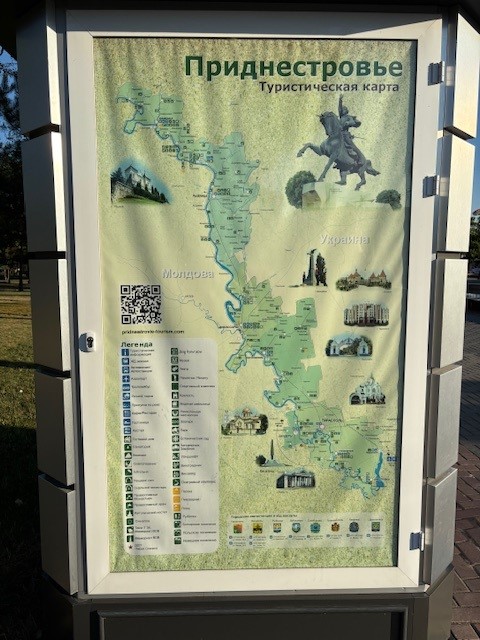
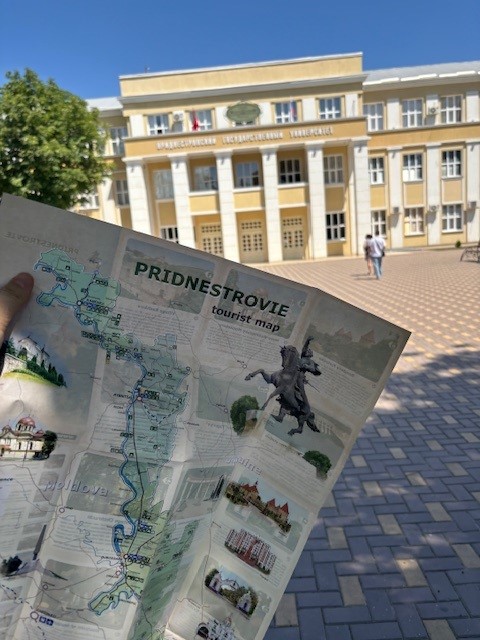
The Green Market
We started at the Green Market. Yes, the building is quite literally green, but beyond that, it’s a vibrant little corner of everyday life. You can buy fruit, vegetables, and other local goods. It helps ground the idea that Transnistria — though politically frozen — is just a normal place where people live their lives.
Main Street: 25th October Street
Most major sites are along the central boulevard — 25th October Street. Walking up and down this avenue is the best way to see the city’s key landmarks:
- T-34 Tank Monument — an original Soviet tank, part of the Memorial of Glory
- Lenin Monument
- Monument to Catherine the Great
- Monument to Alexander Suvorov
- Mancipul Cultural Palace
- House of Soviets — still used as an administrative building
- House of Book — a stately building with Soviet-era architecture
- Nativity Cathedral — the city’s Orthodox cathedral
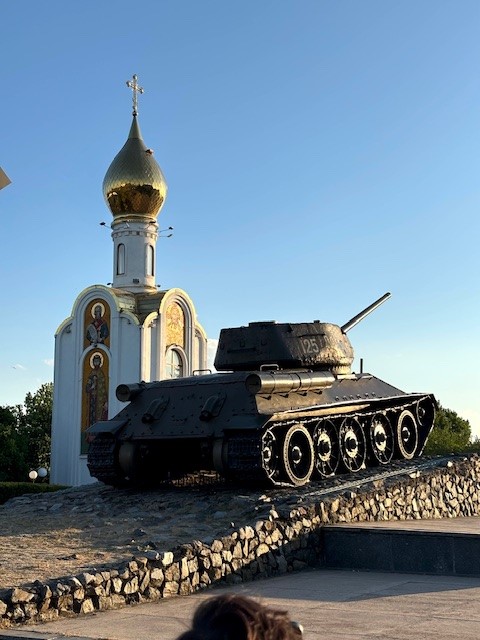
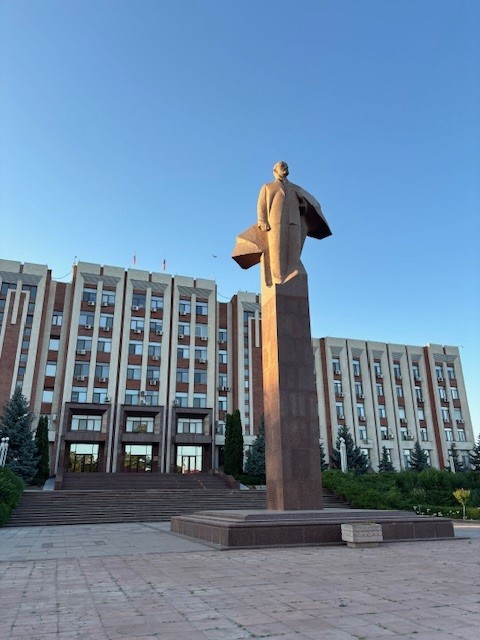
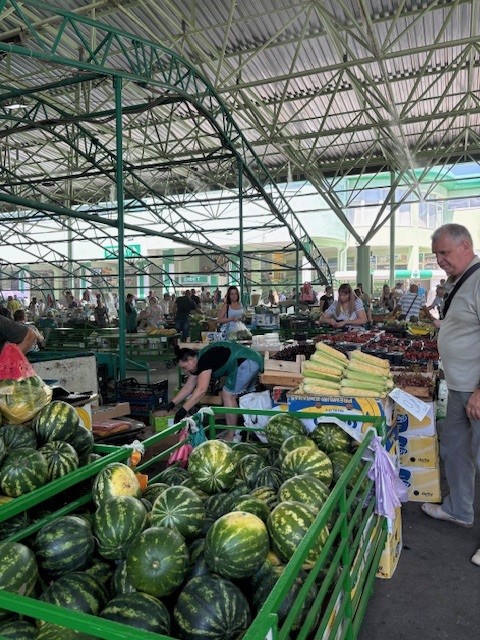
The Vibe
Walking through Tiraspol, it felt like we were stuck in a time capsule. Everything screamed Soviet Union — from the monuments and flags to the WWII propaganda imagery. Yet, the people were young, hip, and modern. Locals wore stylish clothes, were very friendly, and life seemed relaxed.
Food & Cafés
For dinner, we went to the Back in the USSR Restaurant (CCCP), a must-visit spot with Soviet nostalgia and live performances. In the evening, people were singing old Soviet songs — it really felt like being transported back decades in time.
During the day, we also stopped by Coffee & Vinyl Café, a great place to enjoy some good coffee while people-watching.
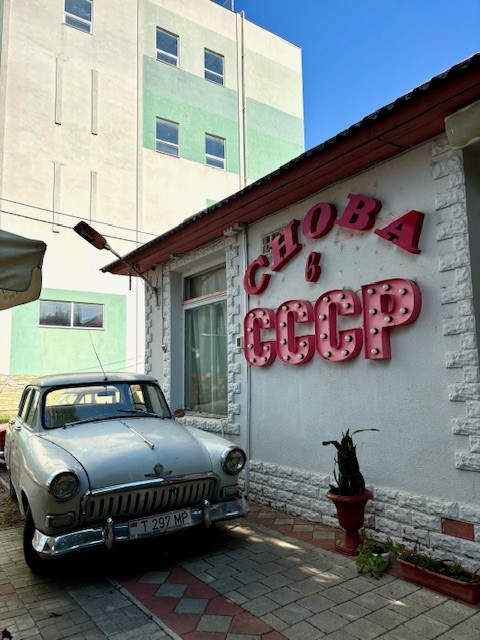
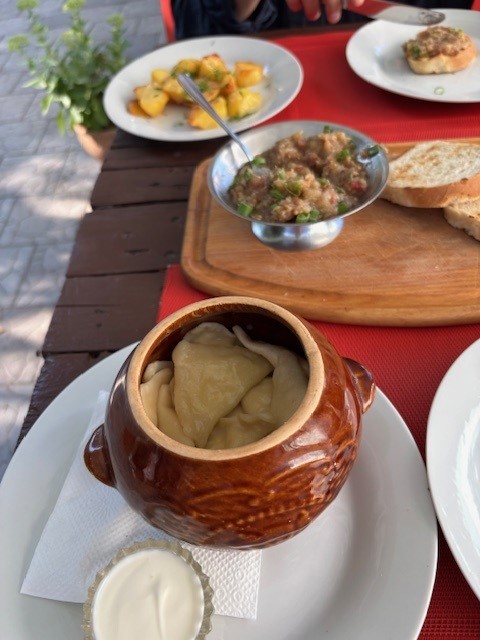
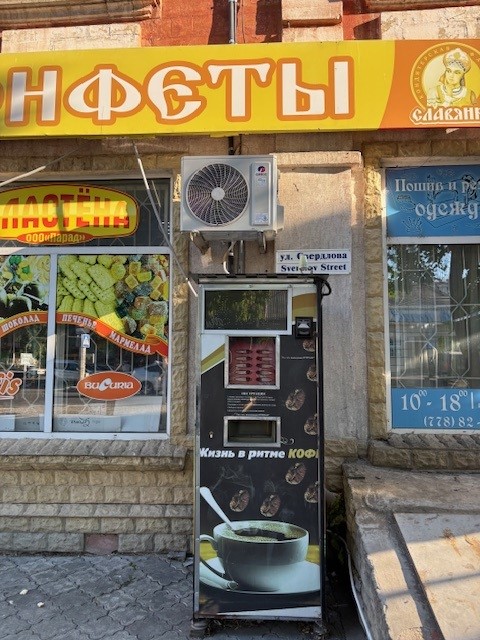
Practical Advice
Bring cash. Cards don’t work in Pridnestrovie and there are no ATMs compatible with foreign banks. We brought several hundred euros and exchanged them locally, even to pay for the hotel.
When we left Tiraspol, we faced a minor complication: Transnistrian taxi drivers aren’t allowed to drive into Moldova. To get around this, we pretended to be Russian/ Moldovan — which worked well, since my friend actually speaks fluent Russian.
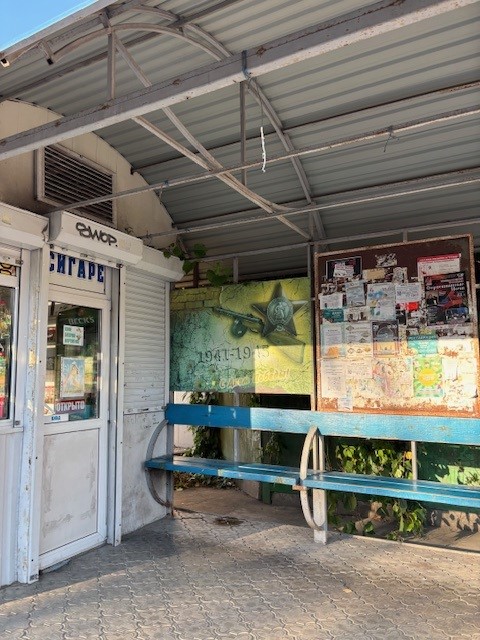
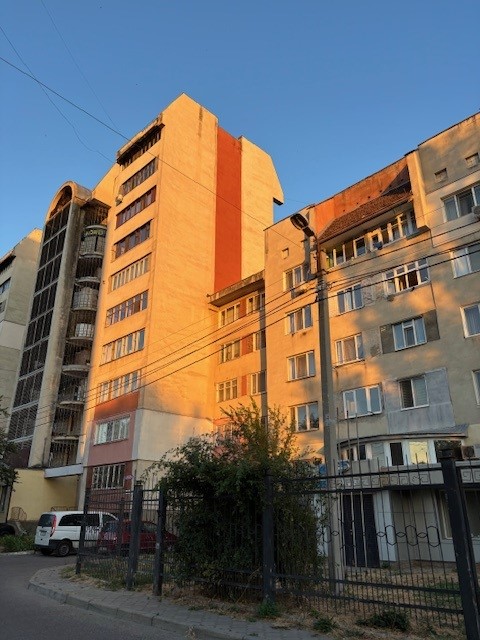
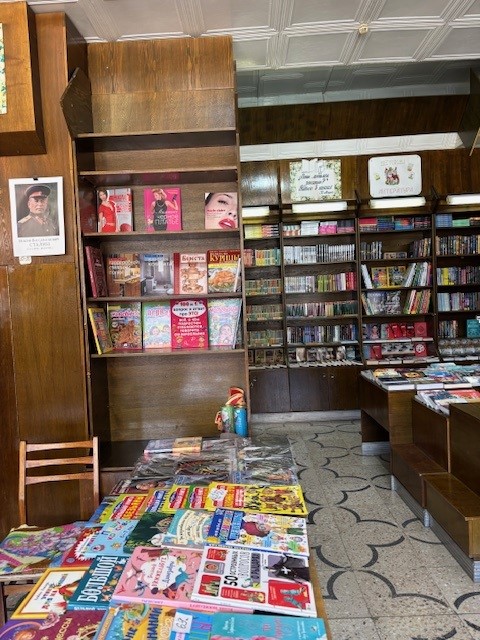
Returning to Chișinău: A different world
The contrast upon returning to Chișinău was insane. Suddenly, we were back in a world that felt much more European and modern. Moldova may still be one of the poorest countries in Europe, but it clearly associates strongly with the EU — EU flags are everywhere, and there’s a distinct shift in atmosphere.
What to See in Chișinău
- Kio Flea Monastery — peaceful and spiritual
- Military History Museum — good for context
- Central Market — vast, noisy, and fun to explore
- Triumphal Arch
- Stephen the Great Monument
- Cathedral of the Nativity
- National History Museum of Moldova
- Red Mill Building
- Numerous Orthodox cathedrals, which are everywhere and stunning
Where to Eat & Drink
- La Placinte — a Moldovan restaurant chain with several locations
- Pasio Coffee — good coffee
- Miro Café — one of the best specialty cafés in town
- La Sarkis — a higher-end dining option
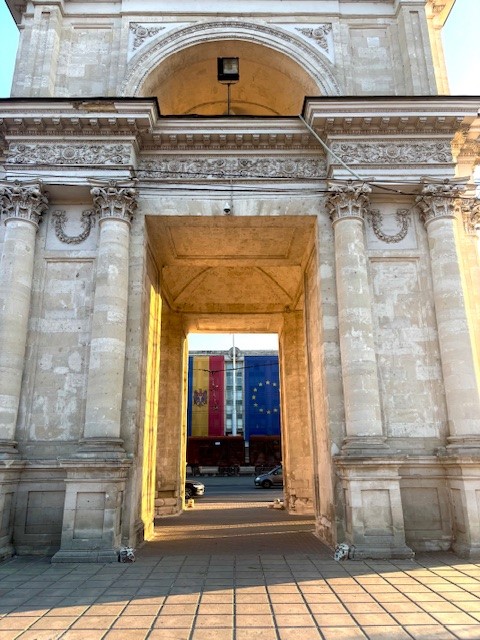
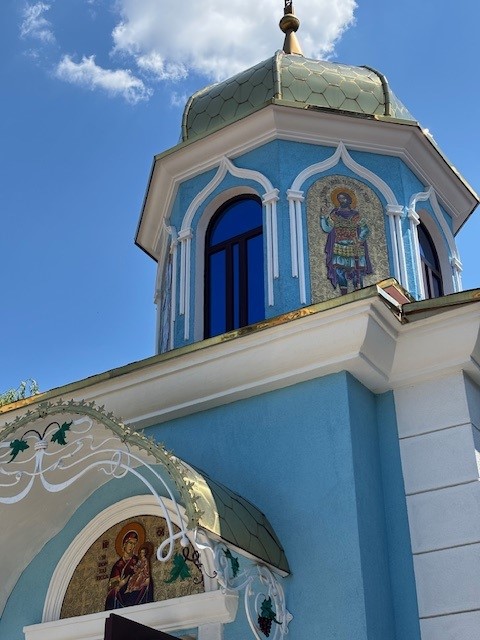
Final Thoughts
In total, we spent two nights and three full days, which turned out to be the perfect length. Transnistria / Pridnestrovie offered a fascinating look at an unrecognized country stuck in a different era. Chișinău, in contrast, felt vibrant, Western-oriented, and full of ambition.
Even though both places technically belong to the same country and are only about 30–40 km apart, they couldn’t be more different. It’s this contrast that makes the trip so unique. Moldova and Transnistria are mid-budget destinations — not extremely cheap, but far more affordable than Western Europe.
If you’re curious about off-the-beaten-path destinations with complex history and stark contrasts, I highly recommend going — and I’m happy to share more tips.
Find more photos and impressions on my Instagram: @lovemarafee
Find more travel itineraries here.